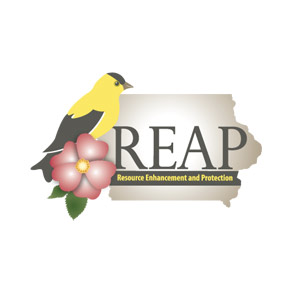Aquatic Plants Live in Owbows
Many types of plants grow in the water of the oxbows in Chichaqua Bottoms Greenbelt.
Welcome to the Iowa Science Phenomena website! The goal of this website and service is to create, curate, collect and share a growing collection of user-generated, media-based, standards aligned, science phenomena resources for use in Iowa classrooms, as well as support Iowa teachers as they continue to implement phenomena-based and place-based teaching practices.
There are several ways you can be involved in this project:
Many types of plants grow in the water of the oxbows in Chichaqua Bottoms Greenbelt.
Bird populations, including the turkey vulture, can provide insight into the health of the ecosystems.
This 360° view of Big Sand Mound Nature Preserve offers a look into this unique Iowa habitat.
Tadpoles are a part of the frog lifecycle.
The mussel is a keystone species in the Mississippi River, providing critical benefits to the river ecosystem.
Some flowers and grasses are popular among Iowa pollinators.
Chichaqua Bottoms Greenbelt has unique water quality characteristics compared to other places in Iowa.
Nine different owl species call Iowa home and are found in different regions of the state, each with a unique look and habitat.
Almost 20 years after the Iowa DNR began efforts to reintroduce the trumpeter swan back to Iowa, the program is succeeding.
When keeping Iowa roads safe during the winter, there are several aspects to consider including cost of equipment, removing snow and ice without damaging roads, and safety of personnel.
Learn about the time the Iowa Storm Chasing Network chased the 2008 Aplington-Parkersburg EF-5 tornado.
The deep roots of prairie plants take the carbon out of the air and add nutrients to the soil when they die.




